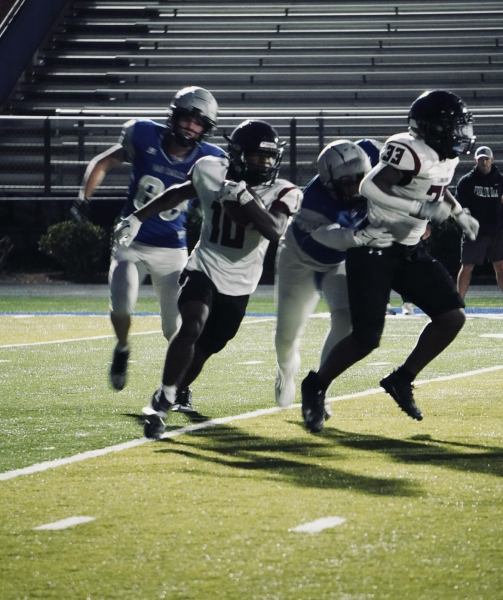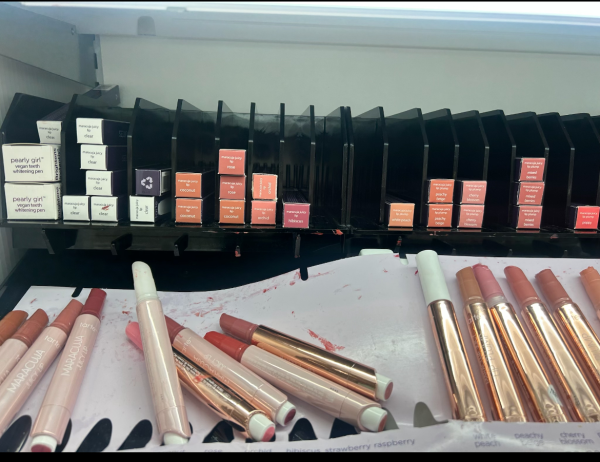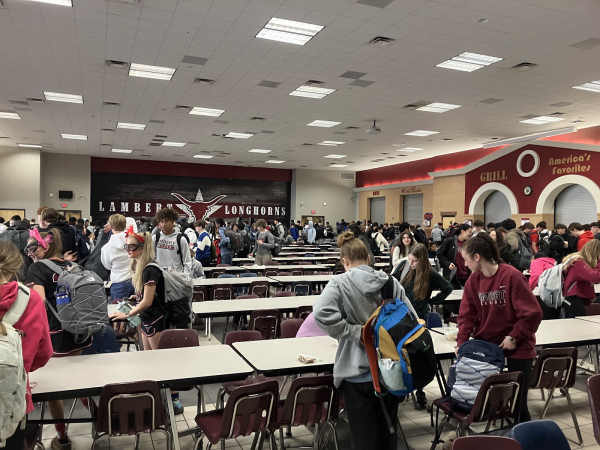The NYC Nurses Strike Revolutionizes Quality Care

After hours of failed discussions, nurses conduct a walkout in front of the Mt. Sinai Hospital in the Manhattan borough of New York on January 9, 2023. (AP Photo/Craig Ruttle)
On Jan. 12, more than 7,000 nurses at Montefiore and Mount Sinai in New York City called off a three-day strike and went back to work after they reached an agreement regarding the nursing shortage which they claimed to be the main sticking point in negotiations with the hospitals.
America’s nurses are rightly praised for their crucial role in the early stages of the COVID-19 pandemic. However, nurses are worn out and many quit their jobs. According to the Morning Consult a total of 18% of healthcare workers quit their jobs and 12% were laid off. The nurses at New York hospitals began striking on Jan. 9, and thousands more are doing the same across the nation.
The traditional subjects of labor negotiations, such as higher wages or better benefits, are not their top demands. To lessen their workload and improve patient safety is their main focus.
They want to see hospitals and nursing homes commit to hiring more nurses and maintaining specific patient-to-nurse ratios.
COVID-19’s first wave brought trauma, burnout and the lure of higher-paying travel nursing jobs leading to the departure of many nurses from hospital jobs. The nurses who stayed had many more patients to take care of and were left exhausted and frustrated.
The nurses in New York City took the correct stance by protesting for a better work environment and stood not only for themselves but, more importantly, their patients. The support the nurses received from the general public and inside their workplace was vital for the new rules implemented on Jan 12.
With an extensive and popular healthcare pathway track at Lambert High School, many students and staff have opinions on the nurses strike in New York City and its impact on patients and future healthcare professionals.
“When I see and hear about how hard it has been on nurses but really just healthcare workers in general since COVID, and especially since their primary goal was better patient care, [the strike] was probably justified,” Lambert Phlebotomy teacher and Registered Nurse Kimberly Bell said.
According to Rasmussen University, nurses should only be caring for one or two critically ill patients at a time, however this ewas not the case during the peak of COVID-19. The National Library of Medicine reports that nurses in intensive care units announced that they were frequently asked to care for more than two critically ill patients at once. Protesting for better working conditions and patient number restrictions assigned to nurses is a fight for quality patient care more than anything.
The strike served as an example of a widespread issue in hospitals across the country, where cost-cutting measures by administrators (motivated partially by Medicaid reimbursement rates that were below average) left staff overworked well beyond the recommended safe staffing ratios even though before emergencies had arisen.
“Unfortunately, in life, if you just keep taking, people are going to keep giving so it does get very difficult when you have a patient care load that you can not do well with,” Bell said. “Ultimately it’s the patients that suffer…unfortunately in healthcare you’re dealing with their life.”
Fixed staffing ratios were not included in the final version of the New York legislation; instead, a committee of nurses and hospital administrators was required to set ratios. The hospital is allowed by law to unilaterally impose its own staffing plan if they are unable to agree. Although this might look like a win for nurses, it instead creates more confusion as to what the ratio should really be.
The fact that our healthcare system is failing the most crucial members of its workforce is upsetting but not particularly shocking. Nurses are the cornerstone for our healthcare system and for treating patients on the frontline. We vitally need more of them, but we have developed a healthcare system and, in fact, a larger culture that undervalues and ignores them.
Although the healthcare industry is filled with issues, many students want to go into healthcare to find solutions and change negligent protocols. These students in the healthcare pathway learn from teachers such as Ms. Bell. Observing and understanding how the healthcare industry treats its patients and staff is key for improvement as future generations find work.
“I hope that people like myself and those in post-secondary education are paying attention, and I hope that we are accurately displaying what a career in healthcare looks like,” Bell said. “We’re not romanticizing it but we’re also not underplaying. So I would hope that that would be one thing that we’re figuring out from COVID and shortages and that it’s not unicorns and sunshine, but [healthcare careers are] really well worth it.”
Nurses are essential to the healthcare system and deserve respect for their commitment and diligence. They are on the front lines of patient care and frequently the first to identify and attend to patients’ medical needs. They put in effort, deal with dire situations every day and still manage to be incredibly compassionate and professional. Having a special blend of technical expertise and emotional intelligence, nurses are highly trained professionals who excel at giving patients in need the best care possible. They continue to come to work every day with a positive attitude and a dedication to enhancing the health and wellbeing of others despite the fact that their work is physically and emotionally taxing. This strike will forever empower future healthcare professionals to make quality patient care their first priority.
Your donation will help support The Lambert Post, Lambert High Schools student-run newspaper! Your contribution will allow us to purchase equipment and cover website hosting costs.


















